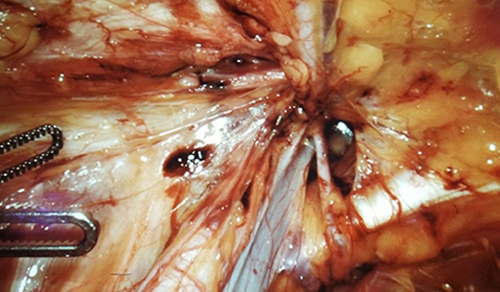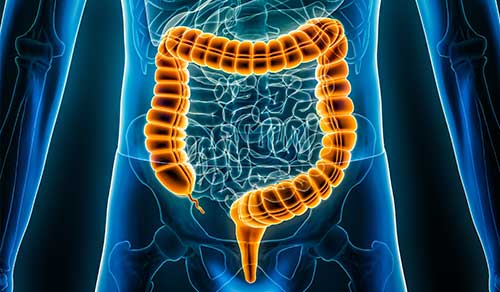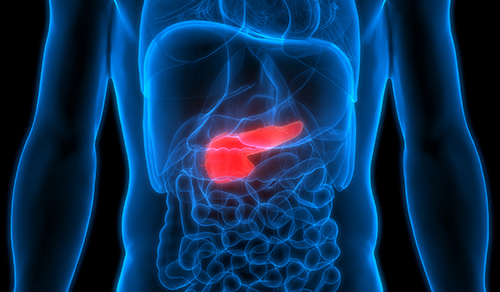Advancing Alzheimer’s Disease Research through Multi-omics Data
Since Alzheimer’s disease was first described in the early 1900s, clinicians and scientists the world over have dedicated their careers to studying the pathobiology of this most common form of dementia in the hopes of developing methods of prevention, treatments to halt progression, and ultimately a cure. While the gains in understanding have been limited, today’s high-throughput technologies are revolutionizing neurological research. From the genome to the microbiome and several omics in between, data are being generated that can provide significant biological insights into the disease.
In the Center for Translational — Computational Neuro-Immunology at Columbia University Irving Medical Center, Philip L. De Jager, MD, PhD, the Center’s Director, and colleagues in the Rush Alzheimer’s Disease Center of Rush University in Chicago, have taken advantage of these technologies to create a multi-omic atlas of the human frontal cortex to help drive data-driven progress in aging and Alzheimer’s disease research.
The researchers undertook a systematic profiling of the dorsolateral prefrontal cortex obtained from a subset of autopsied individuals enrolled in the Religious Orders Study (ROS) or the Rush Memory and Aging Project (MAP), which are jointly designed prospective studies of aging and dementia. With over 3,300 subjects, the databases of these projects house detailed, longitudinal cognitive phenotyping during life and a quantitative, structured neuropathologic examination after death.
Due to its prospective design and recruitment of older, non-demented individuals, the data can be repurposed to investigate a large number of syndromic and quantitative neuroscience phenotypes. The many subjects that are cognitively non-impaired at death also offer insights into the biology of the human brain in older non-impaired individuals.
A number of additional layers of data, including proteomic and metabolomic data, from tissue samples and purified cell populations are being produced and will become available as the data are finalized. The first generation of data now available are outlined in the table.
All of the data are publicly available to investigators and have been used to power the discovery of new Alzheimer genes and the development of new approaches to develop therapies for Alzheimer’s disease by investigators at Columbia University and throughout the world.
| Data Type | Number of Subjects with Phenotypes | Number of Subjects with Phenotypes Available on Synapse** |
|---|---|---|
| Genome-Wide Genotypes | 2,090 | 1,036 |
| Whole Genome Sequencing | 1,179 | 987 |
| DNA Methylation | 740 | 725 |
| H3K9Ac ChIPSeq* | 712 | 701 |
| RNA Sequencing | 638 | 638 |
| miRNA Profile | 702 | 691 |
*Chromatin immunoprecipitation with sequencing using an anti-Histone 3 Lysine 9 acetylation (H3K9Ac) antibody
**The data identified are available to prospective researchers at synapse.org.
Read More
De Jager PL, Ma Y, McCabe C, Xu J, Vardarajan BN, Felsky D, Klein HU, White CC, Peters MA, Lodgson B, Nejad P, Tang A, Mangravite LM, Yu L, Gaiteri C, Mostafavi S, Schneider JA, Bennett DA. A multi-omic atlas of the human frontal cortex for aging and Alzheimer’s disease research. Scientific Data. 2018 Aug 7;5:180142.
Related Publications

New Evidence of Cognition in Patients with Severe Brain Injury








